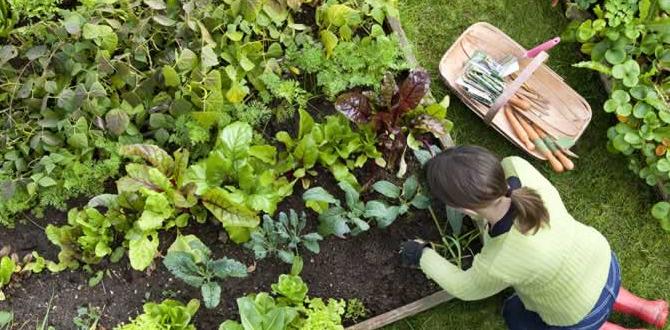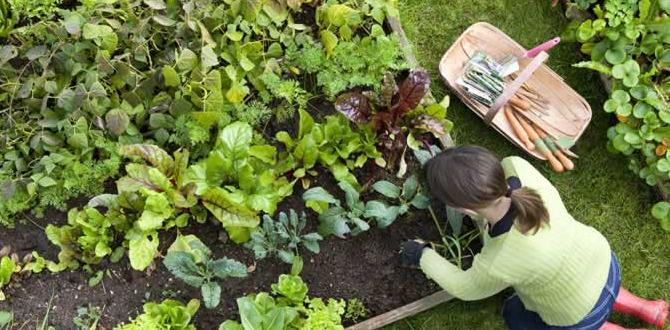Tomato plants are a staple in many home gardens, producing juicy and flavorful fruits that are perfect for salads, sauces, and countless other dishes.
However, despite their popularity and relatively easy growing process, tomato plants can be vulnerable to a common issue known as blossom end rot. This frustrating condition can cause the bottom of the tomato to develop a dark, sunken spot, making it inedible and ruining the harvest. For gardeners, this can be a source of disappointment and frustration, as well as a loss of time and effort.
Fortunately, there are methods to manage and prevent blossom end rot, allowing you to enjoy a bountiful and healthy harvest. how to manage and prevent blossom end rot? we will explore the causes of tomato rot, its symptoms, and the steps you can take to prevent it from affecting your tomato plants.
By understanding the underlying factors and implementing preventive measures, you can safeguard your tomato plants from this troublesome condition and ensure a successful and delicious harvest.

What Causes Blossom End Rot?
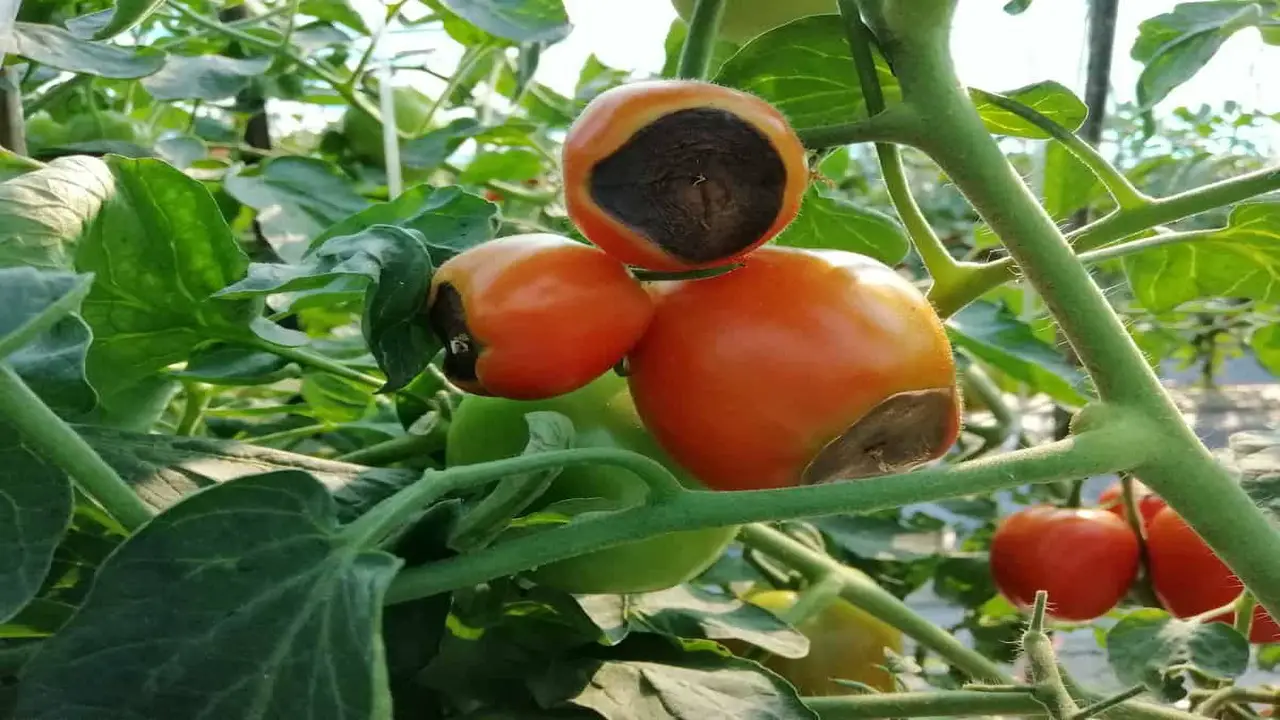
Blossom end rot is a common problem in plants, particularly tomatoes, peppers, and eggplants. It is caused by a calcium deficiency in the plant, which can be due to several factors. Here are some common causes of blossom end rot:
- Inadequate Calcium Uptake: The plant may not be able to take up enough calcium from the soil, leading to a deficiency.
- Fluctuating Moisture Levels: Rapid changes in moisture levels can disrupt the plant’s ability to absorb calcium, leading to blossom end rot.
- Imbalanced Soil Ph: Soil with an imbalanced pH can affect the availability of calcium to the plant.
- Excessive Nitrogen Or Potassium: High levels of nitrogen or potassium can interfere with calcium absorption.
By understanding these causes, gardeners can prevent blossom end rot by maintaining consistent moisture levels, ensuring proper soil pH, and providing adequate calcium through amendments or foliar sprays.
What Are The Symptoms?
Blossom end rot is a common issue that affects fruits and vegetables, particularly tomatoes and peppers. It is important to be able to recognize the symptoms of blossom end rot in order to effectively manage and prevent it. Some common symptoms include:
- Brown or black spots on the bottom of the fruit
- Soft, sunken areas on the affected area
- The affected area may enlarge and become leathery or dry
If you notice any of these symptoms, it is important to take action to prevent further damage to your plants.
How To Prevent Blossom End Rot?

Blossom end rot is a common problem that can affect certain fruits and vegetables, such as tomatoes and peppers. To prevent blossom end rot, there are several steps you can take:
- Maintain Consistent Watering: Inconsistent watering can contribute to blossom end rot. Make sure to water your plants regularly and deeply, especially during dry periods.
- Monitor Soil Ph Levels: Blossom end rot is often associated with imbalances in soil pH levels. Test your soil regularly and adjust the pH as needed to ensure it falls within the appropriate range for your plants.
- Provide Adequate Calcium: Calcium deficiency is a common cause of blossom end rot. You can prevent this by adding calcium-rich amendments, such as crushed eggshells or agricultural lime, to the soil before planting.
- Mulch Around Plants: Adding a layer of organic mulch around your plants can help regulate soil moisture and temperature, reducing the risk of blossom end rot.
- Avoid Over-Fertilization: Excessive nitrogen or potassium levels in the soil can interfere with calcium uptake by plants, leading to blossom end rot. Follow recommended fertilization guidelines and avoid overdoing it.
By following these preventive measures, you can significantly reduce the risk of blossom end rot in your garden and enjoy healthier, more abundant harvests.
Tomato Rot How To Manage And Prevent Blossom End Rot? Essential Tips
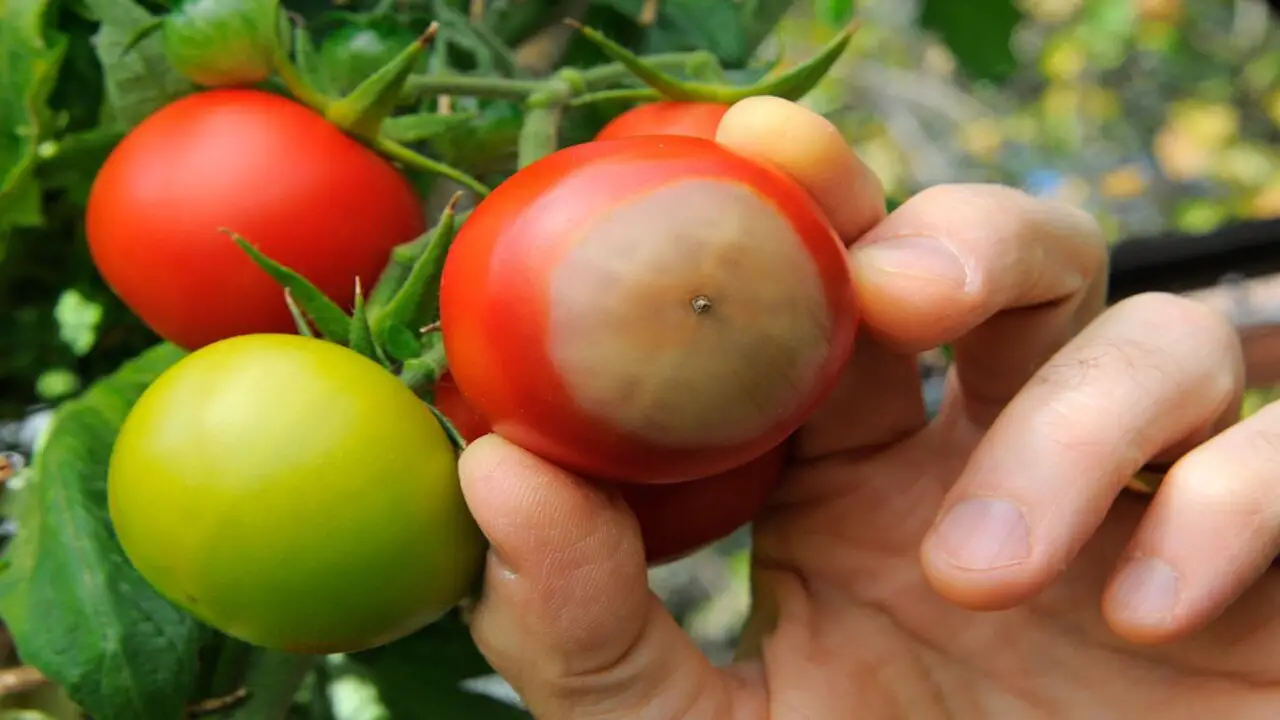
Blossom end rot is a common problem that affects tomato plants, causing the bottom of the fruit to turn dark and mushy. To manage and prevent blossom end rot, there are several essential tips to keep in mind.
First, it’s important to maintain consistent watering practices, as fluctuations in soil moisture can contribute to developing this condition. Additionally, ensuring that your plants receive adequate calcium is crucial, as a deficiency in this nutrient is often a leading cause of blossom end rot. This can be achieved through proper soil preparation and the use of calcium-rich amendments or fertilizers.
Lastly, monitoring and adjusting the pH levels of your soil can also help prevent this issue. By implementing these strategies, you can effectively manage and prevent blossom end rot in your tomato plants, ensuring healthy and vibrant fruit throughout the growing season. Below we provide details guideline on how to manage and prevent blossom end rot.
1.Fertilizing To Prevent Blossom End Rot
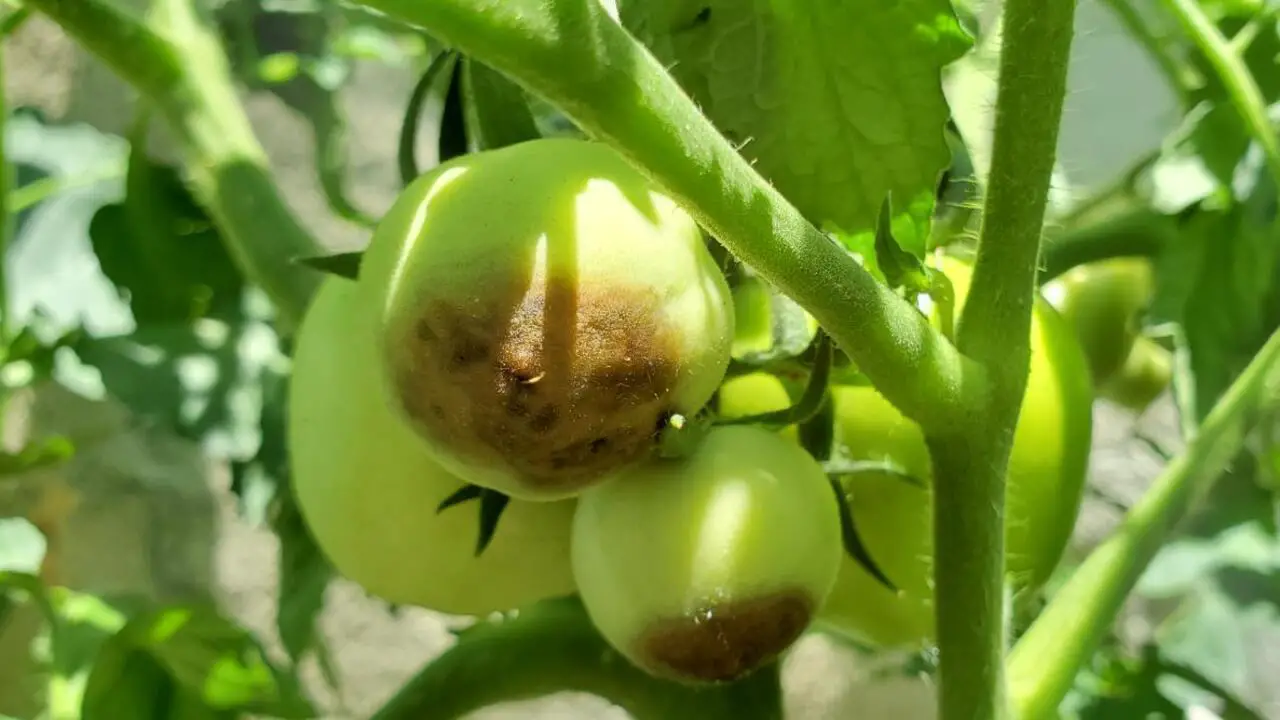
To prevent blossom end rot, choose a fertilizer with sufficient calcium levels. Ensure your tomato plants receive enough nitrogen for optimal calcium uptake. Monitor and adjust soil pH to prevent calcium deficiency. Use a balanced fertilizer that provides a continuous calcium supply. Additionally, apply organic matter, such as grass clippings, to improve soil fertility and calcium availability.
2.Watering To Prevent Blossom End Rot
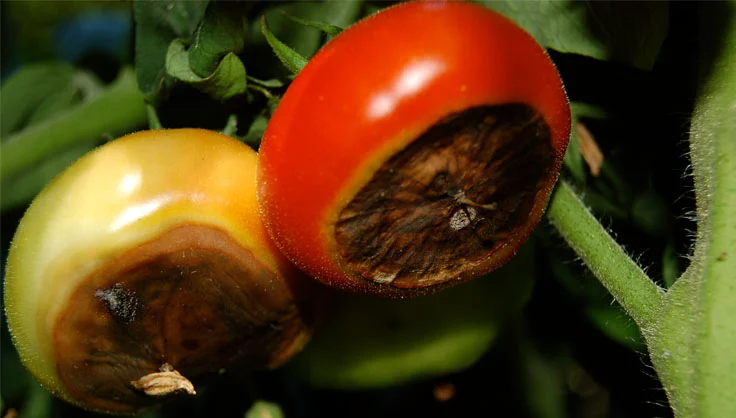
Proper watering techniques are essential in preventing blossom end rot in plants. Blossom end rot is a common condition that affects fruits and vegetables, causing them to develop dark, sunken spots at the blossom end.
This condition is often caused by a lack of calcium uptake in the plant due to inconsistent watering practices. To prevent blossom end rot, it is important to ensure that your plants receive consistent moisture throughout their growing season.
Avoid overwatering or underwatering, as both can contribute to the development of this condition. Use a soaker hose or drip irrigation system to provide slow, steady watering directly to the roots of the plants. Additionally, adding organic matter such as compost or mulch around the base of the plants can help retain moisture in the soil and promote healthy calcium uptake.
3.Mulching To Prevent Blossom End Rot
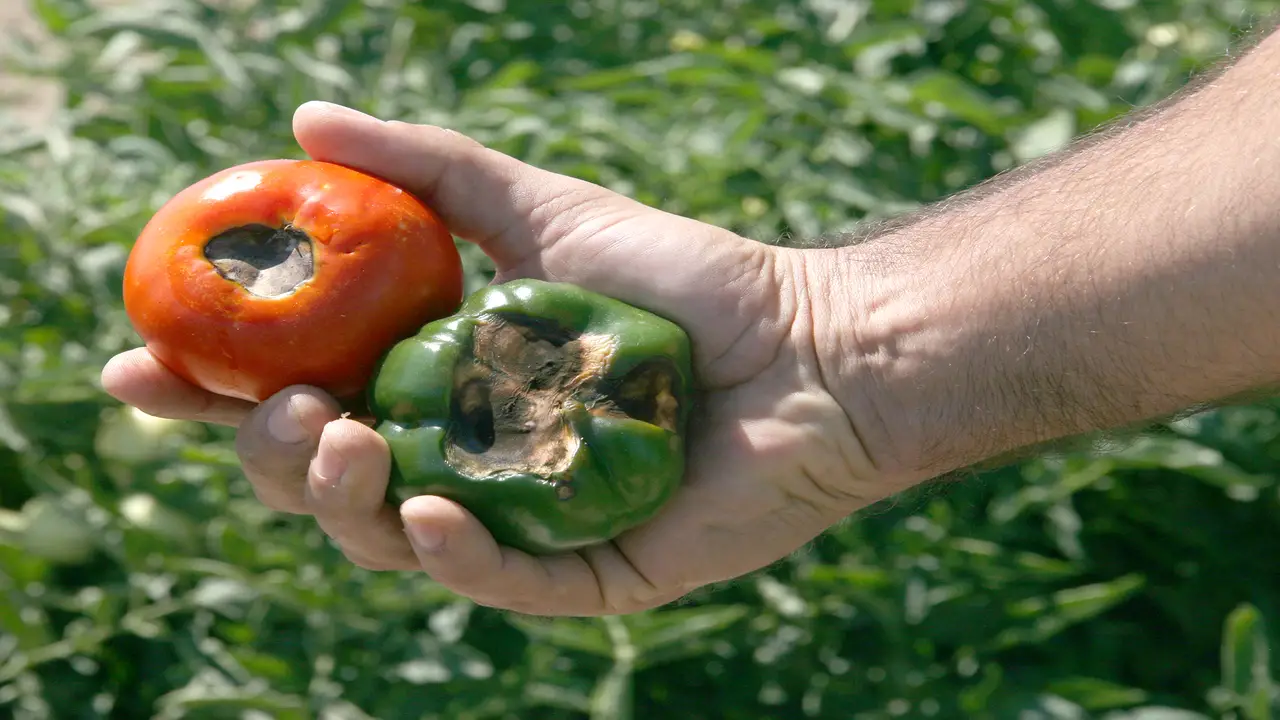
To prevent blossom end rot, apply organic mulch around tomato plants. This helps regulate soil moisture, preventing evaporation and maintaining consistent moisture levels. Use straw or grass clippings for added nutrient benefits, avoiding plastic mulch that can trap excessive heat. Regularly check and replenish the mulch to maintain its effectiveness.
4.Soil Ph And Blossom End Rot
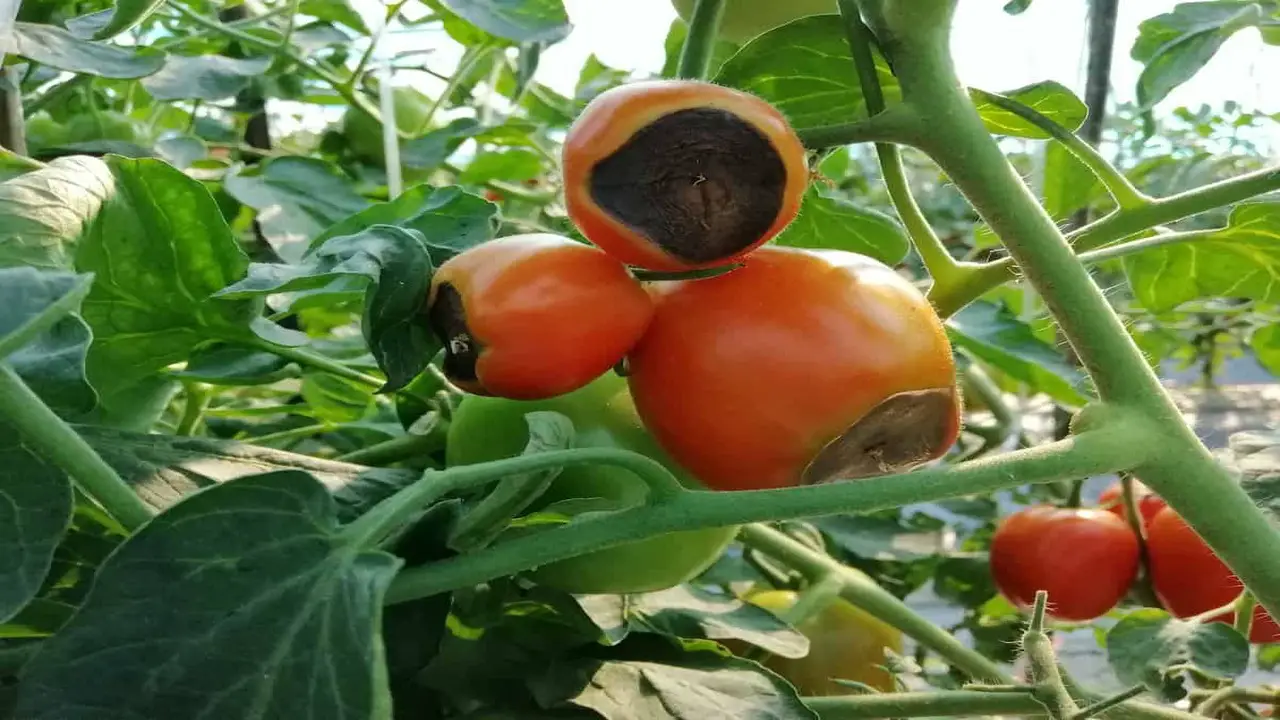
To manage and prevent blossom end rot, it is important to test the soil pH and make sure it falls within the optimal range for tomato plants. If necessary, adjust the soil pH using lime or sulfur to prevent calcium deficiency.
Incorporating organic matter into the soil can also improve nutrient availability. Monitor the pH levels throughout the growing season and consult a soil testing service or garden centre for accurate measurements.
5.Calcium Supplements To Prevent Blossom End Rot
One effective method to manage and prevent blossom end rot in plants is by using calcium supplements. Blossom end rot is a common issue that occurs when there is a calcium deficiency in the plant, leading to the rotting of the blossom end of fruits and vegetables. To combat this problem, many gardeners opt to use calcium supplements.
These supplements are typically applied to the soil or sprayed onto the plant foliage, allowing for easy absorption by the roots or leaves. By providing an adequate supply of calcium, these supplements can help ensure that plants have enough of this crucial nutrient, reducing the risk of blossom end rot.
It is important to follow the instructions provided with the calcium supplement and apply it consistently throughout the growing season for optimal results in managing and preventing blossom end rot.
Tips For Managing Blossom End Rot
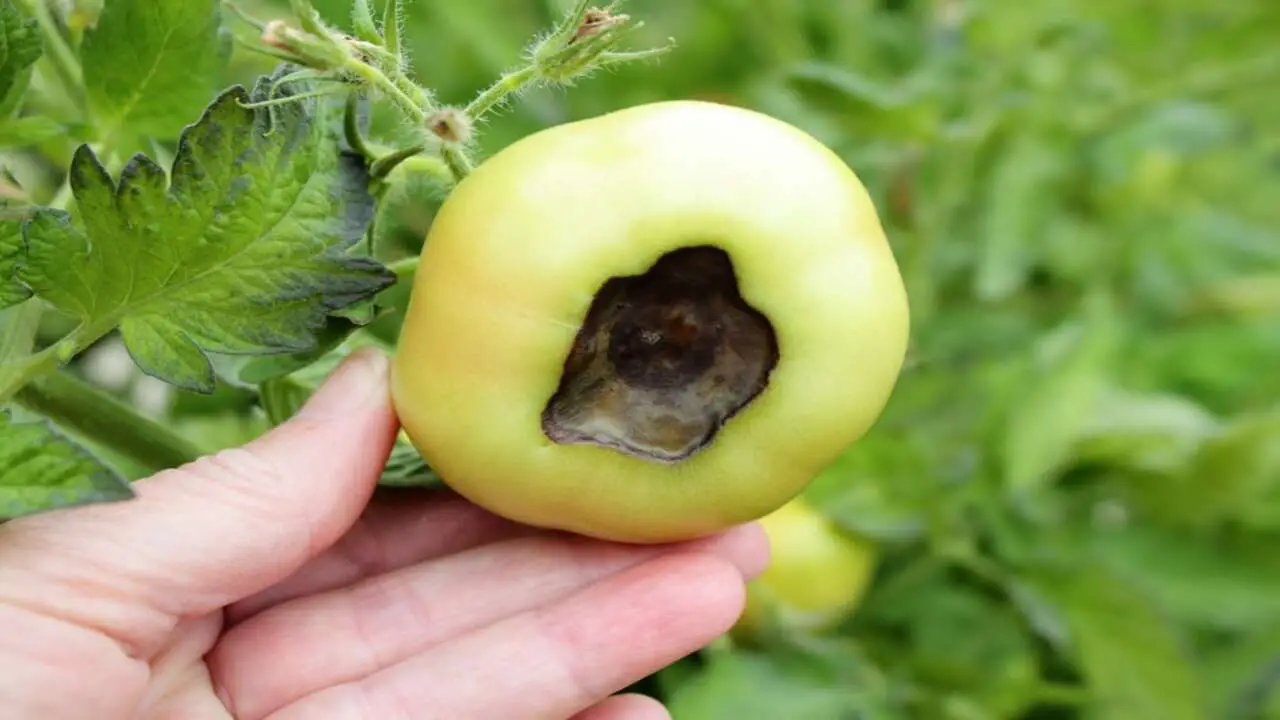
Blossom End Rot can be a frustrating problem for gardeners, but there are steps you can take to manage and prevent it. Here are some tips for managing Blossom End Rot:
- Maintain Consistent Watering: Inconsistent watering can contribute to Blossom End Rot, so make sure your plants receive regular and adequate water. Avoid overwatering or underwatering, as both extremes can increase the risk of this condition.
- Monitor Soil Moisture: Use a moisture meter or stick your finger into the soil to check moisture levels. Aim for moist, but not saturated, soil.
- Adjust Soil Ph: Blossom End Rot is often associated with imbalances in soil pH. Test your soil and adjust the pH if necessary. Adding lime or sulfur can help adjust acidic or alkaline soils, respectively.
- Provide Adequate Calcium: Calcium deficiency is a common cause of Blossom End Rot. Ensure that your plants have access to sufficient calcium by adding calcium-rich amendments like gypsum or crushed eggshells to the soil.
- Mulch Around Plants: Mulching helps regulate soil temperature and moisture levels, which can reduce stress on plants and minimize the risk of Blossom End Rot.
- Avoid Excessive Nitrogen Fertilization: Too much nitrogen can lead to rapid plant growth at the expense of calcium absorption. Use balanced fertilizers or those specifically formulated for tomatoes and peppers to avoid nutrient imbalances.
By following these tips, you can effectively manage and prevent Blossom End Rot in your garden, resulting in healthier and more productive plants.
Conclusion
To prevent blossom end rot in tomatoes, it is important to understand the causes and take preventive measures. Blossom end rot is often caused by a calcium deficiency in the plant, which can be exacerbated by inconsistent watering and fluctuations in soil pH.
To prevent blossom end rot, ensure that you provide consistent watering, maintain proper soil moisture levels, and consider using mulch to regulate soil temperature. Additionally, it may be beneficial to incorporate calcium supplements into your gardening routine.
If you notice any symptoms of blossom end rot, such as dark, sunken spots on the bottom of the fruit, take immediate action to manage the issue. By following these tips, you can enjoy a successful tomato harvest without the frustration of blossom end rot.
Frequently Asked Questions
1.Can You Stop Blossom End Rot Once It Starts?
Ans: Once blossom end rot starts, you cannot reverse the damage already done. However, you can prevent further occurrences by addressing the underlying cause of the problem. Ensure consistent and adequate watering to prevent moisture fluctuations in the soil. Adding calcium or using calcium-rich fertilizers can also help prevent future blossom end rot.
2.How Do You Control Blossom End Rot Organically?
Ans: To control blossom end rot organically, ensure consistent watering to prevent calcium deficiency. Boost calcium levels in the soil by adding crushed eggshells or bone meal. Improve soil health with organic fertilizers like compost or manure. Prevent fungal growth with natural fungicides such as neem oil.
3.Can Overwatering Cause Blossom End Rot?
Ans: Overwatering can contribute to blossom end rot as it can lead to waterlogged roots and hinder calcium absorption. Maintaining consistent moisture levels in the soil is crucial to prevent over and under-watering. Other factors like soil pH, nutrient imbalances, and extreme temperatures can also contribute to this condition.
4.How Do You Water Tomatoes To Prevent Blossom End Rot?
Ans: To prevent blossom end rot in tomatoes, water deeply and consistently. Avoid watering the leaves to prevent fungal growth. Directly water the base of the plant for sufficient root moisture. Consider using drip irrigation or a soaker hose for consistent watering.
5.How Can I Prevent Blossom End Rot?
Ans: To prevent blossom end rot in tomatoes, ensure consistent watering to avoid calcium deficiencies. Maintain soil pH levels between 6.0 and 6.8. Use mulch to regulate soil temperature and moisture. Consider adding calcium supplements or eggshells to increase calcium levels in the soil.




